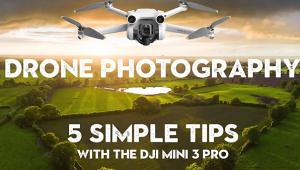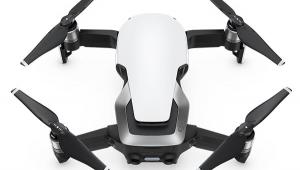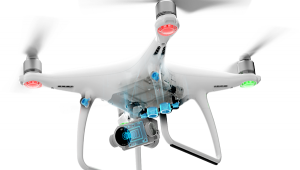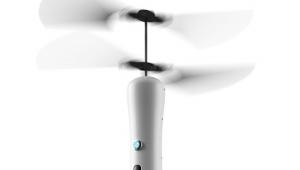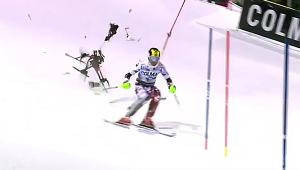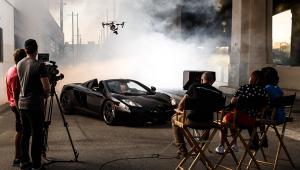There’s (Mostly) Good News for Aerial Drone Photographers in New UAV Regulations from FAA
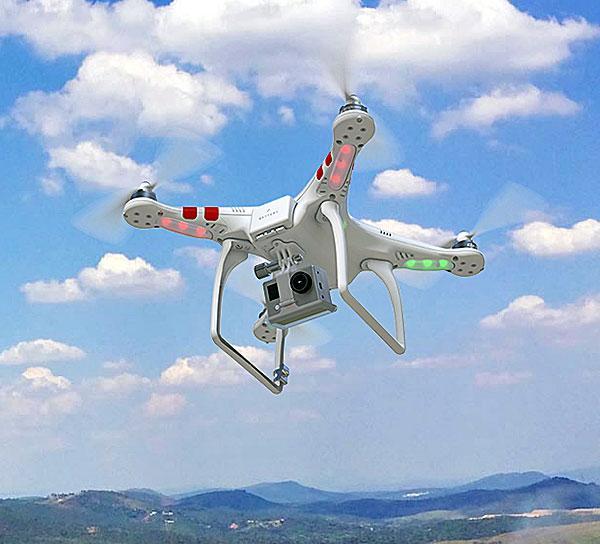
The moment imaging drone pilots have been waiting for with a mixture of dread and anticipation is finally here and there’s good news for aerial photographers...sort of.
Following months of discussion (and, in some quarters, much agonizing), the Federal Aviation Administration (FAA) has proposed rules to regulate the commercial use of small drones, requiring, among other things, that drone pilots be certified, fly only during daylight and keep their aircraft in sight.
Photographers who use the small drone platform for commercial aerial photography have been waiting with obvious interest to see what regulations the FAA would impose to help control the increasingly chaotic—and often dangerous—use of drones for both commercial and recreational purposes.
The most recent widely publicized incident involved a small drone that crashed into a tree on the south lawn of the White House. The drone, which was about two feet in diameter, was operated by a government employee flying the craft near the White House around 3 a.m. when he lost control. Officials did not explain why the man, who does not work at the White House, was flying the drone at that hour.
Perhaps even more seriously, numerous near-misses, including between drones and commercial aircraft, have been reported throughout the country.
The proposed regulations, however, would cover only commercial unmanned aircraft weighing up to 55 pounds, and would not apply to the recreational use of drones. The FAA said it is considering additional rules to cover some uses of the smallest craft, so-called micro-drones, weighing less than 4.4 pounds.
Here are key highlights of the FAA proposed regulations for aerial drones, aka Unmanned Aircraft Systems (UAS)
• Unmanned aircraft must weigh less than 55 lbs. (25 kg).
• Visual line-of-sight (VLOS) only; the unmanned aircraft must remain within VLOS of the operator or visual observer.
• At all times the drone must remain close enough for the operator to be able to see the aircraft with vision unaided by any device other than corrective lenses.
• Small unmanned aircraft may not operate over any persons not directly involved in the operation.
• An option is available that would allow operations in Class G Airspace over people not involved in the operation, provided the operator is certified as having the requisite aeronautical knowledge to perform the operation. (Class G airspace includes all airspace below 600 feet, not otherwise classified as controlled. “Controlled,” in this case, refers to control by an airport tower.)
• Daylight-only operations from official sunrise to official sunset, local time.
• Maximum airspeed of 100 mph (87 knots).
• Maximum altitude of 500 feet above ground level. The exception would be the ability of qualified operators to fly up to 600 feet in Class G airspace.
The full proposed FAA regulations are available for here.
Surprisingly Lenient
These rules are much more lenient than originally feared. The Wall Street Journal had erroneously reported recently that everyone would need a license to operate a drone. Instead, the FAA is proposing an "aeronautical knowledge" test to be sure that commercial operators know what the airspace rules are. It is proposed that operators be at least 17 years old and take the test every two years.
(For the record, Shutterbug came out in support of allowing photographers the legal right to fly imaging drones, with limited restrictions, last year.)
The FAA has worked on the rules for several years, and their release only begins a period of public comment and possible revision that could take as long as two years before they take effect.
“We have tried to be flexible in writing these rules,” Michael P. Huerta, the FAA administrator, said. “We want to maintain today’s outstanding level of aviation safety without placing an undue regulatory burden on an emerging industry.”
The Aerospace Industries Association welcomed the proposed rules. The trade group’s president, Marion C. Blakey, said the rules would “pave the way for additional service organizations and industries to explore expanded operations using drones.”
Drone Makers React
Meanwhile, drone makers say they have put safety measures in place to prevent accidents. All drones are recommended for use in large open areas, not near crowded spaces.
Manufacturer DJI said its latest drones have an automatically capped height of 400 feet. Geo-sensors also won't let the drones fly close to any major airports. After the recent White House incident, DJI modified its on-board software to exclude air space in that vicinity. Parrot also ensures drones do not go above 400 feet.
All three of the biggest personal drone makers—DJI, Parrot and 3D Robotics—have formed a coalition to lobby the FAA to help develop standards for personal drone use.
"We are pleased the FAA has released this long delayed rules proposal and believe there are many positive aspects that encourage the safe use of commercial UAVs,” said Eric Cheng, DJI general manager based in San Francisco. “The bottom line is that we’re pleased and optimistic, but we need to review the full proposal before we can comment further.”
Additionally, drone industry officials said they are teaming up with the government and model aircraft hobbyists to launch a safety campaign. The campaign includes a website — www.knowbeforeyoufly.com — that advises drone operators of FAA regulations and how to fly their unmanned aircraft safely.
